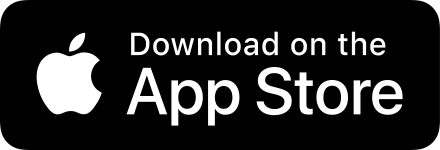Indie Frame #4 — Lukas Petr
Please introduce yourself, how you became an indie iOS dev, and what you make.
My name is Lukas Petr, I live in the Czech Republic. Back in 2008 I had the first iPhone, and also around that time I was really curious about programming and decided to start learning it. I started with C, and then after I felt like I am grasping it enough, I moved to learning Objective-C.
In late 2009 I got my first MacBook and started working on my first app which was about solving and learning about quadratic equations. That’s what we were learning about in high school at that time. I also did many projects for clients in the following years, but I always gravitated towards making my own apps because I wanted to have the freedom to build everything exactly as I wanted, and I was fascinated by the idea that other people around the globe can be using (and enjoying) something that I’ve built.
Currently I am working full-time on Timelines, a time tracking app that aims at making people aware and conscious about how they are spending their time, so that they can make the most out of it.
So Timelines has been in development for a long time now, since 2016 or so? How did your first few years of indie life go? Was it a great success from the start?
Yeah, that was a crazy story. Back when I released it in August of 2016, I have contacted the person who was the lead of App Store Editorial team at that time. And apparently she must’ve liked it because a few days later I found Timelines on the front page of the US App Store. It felt absolutely amazing because at that time I’ve already been trying to make it work with my apps for many years and this felt like a huge validation.
But then after the featuring stopped, the sales quickly dropped down. It’s been a “slow burn” since then, but slowly, year by year, and with all the improvements and monetization changes I’ve been doing, it started picking up.
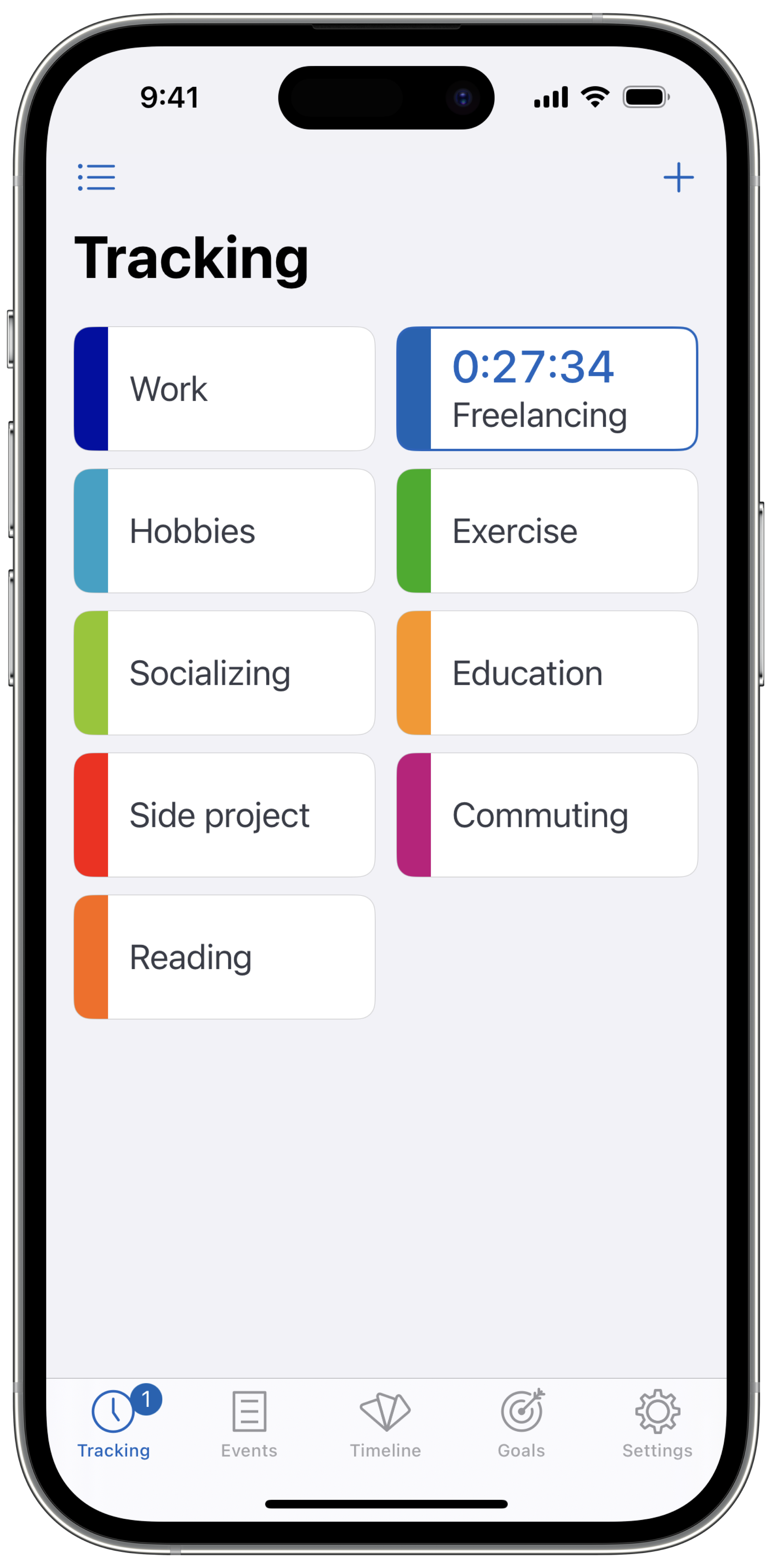
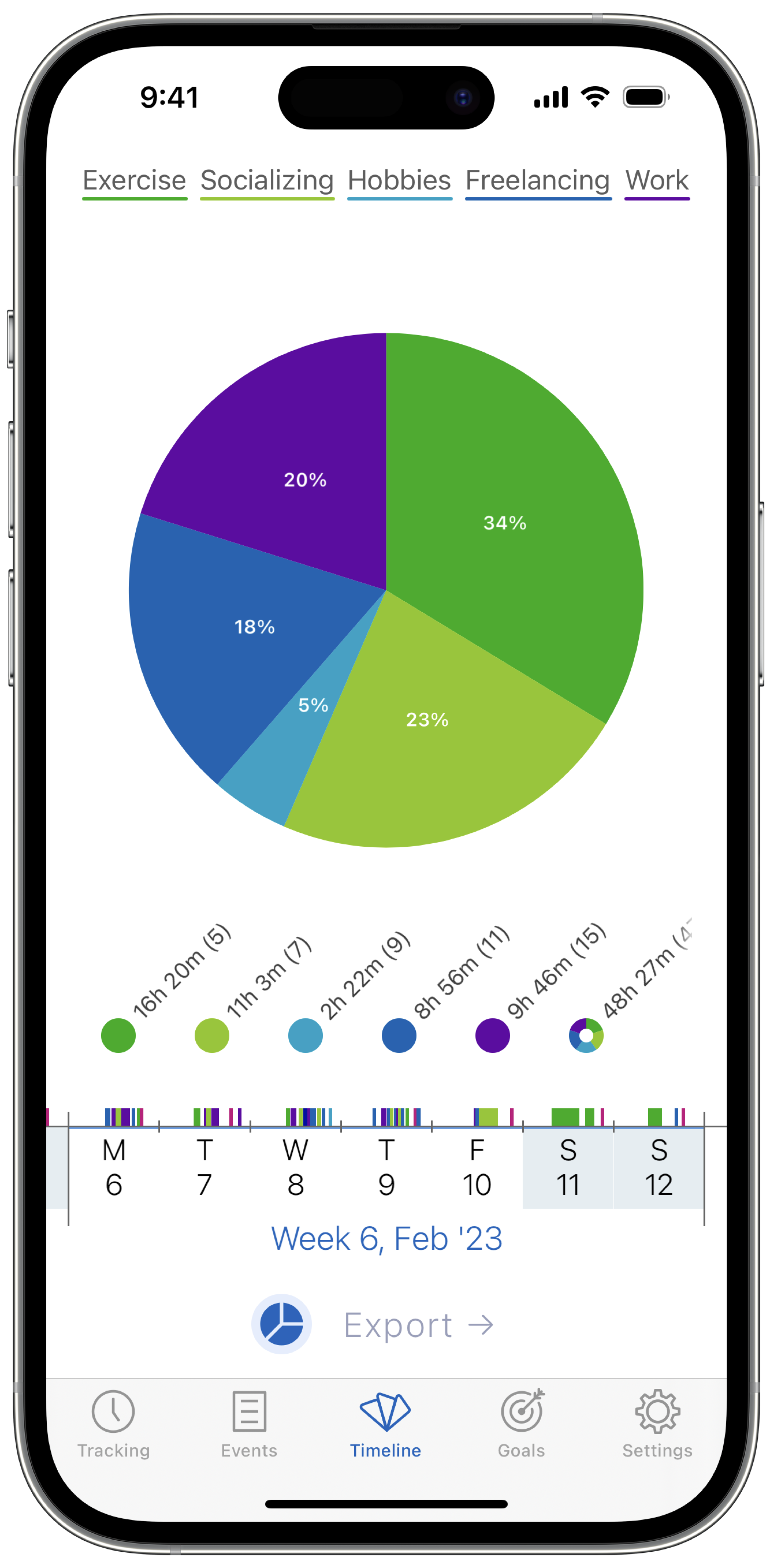
I like how you asked whether it was a great success from the start - I don’t feel like it’s a great success even now, haha. But I’m half-joking, I am definitely grateful for how things are going now.
For many years I was doing part-time freelancing on the side, and then about two years ago I went full-time indie. And this year finally the revenue is at levels where I can comfortably cover all my expenses and also save and invest what remains.
Can you point to any specific things you did that led to the app’s success, including its featuring in the App Store?
The featuring was a great start and a great boost for motivation, but that alone was definitely not enough to make it sustainable in the longterm. I’d say the main things that led to its eventual success is the long time perseverance. I kept making the app better, implementing features that make it a great experience to use it. Staying true to my priorities - reliability of the product, and trying my best to keep it simple but flexible and feature-full - so users can use it however they see fit. But making the app great is definitely not enough.
I was fortunate enough to be accepted into a mastermind group full of very successful indies, and I learned a lot from them - namely the importance of correct monetization and business model, ASO (App Store Search Optimization), and more.
The main features that led to improved revenue were: introduction of Goals. Custom-built and fast sync between devices. And generally implementing features and improvements that serve the core use case of the app. And in terms of non-product changes: Moving from a paid-upfront app to free to download with a subscription was a big boost. And then introducing free trial earlier this year also helped a lot.
Also - word of mouth that’s been slowly growing year over year is definitely a big help too, since I don’t really do any marketing or paid acquisition except for Search Ads). The word of mouth is not something I did directly but it’s a consequence of being dedicated to the app and delivering for many years.
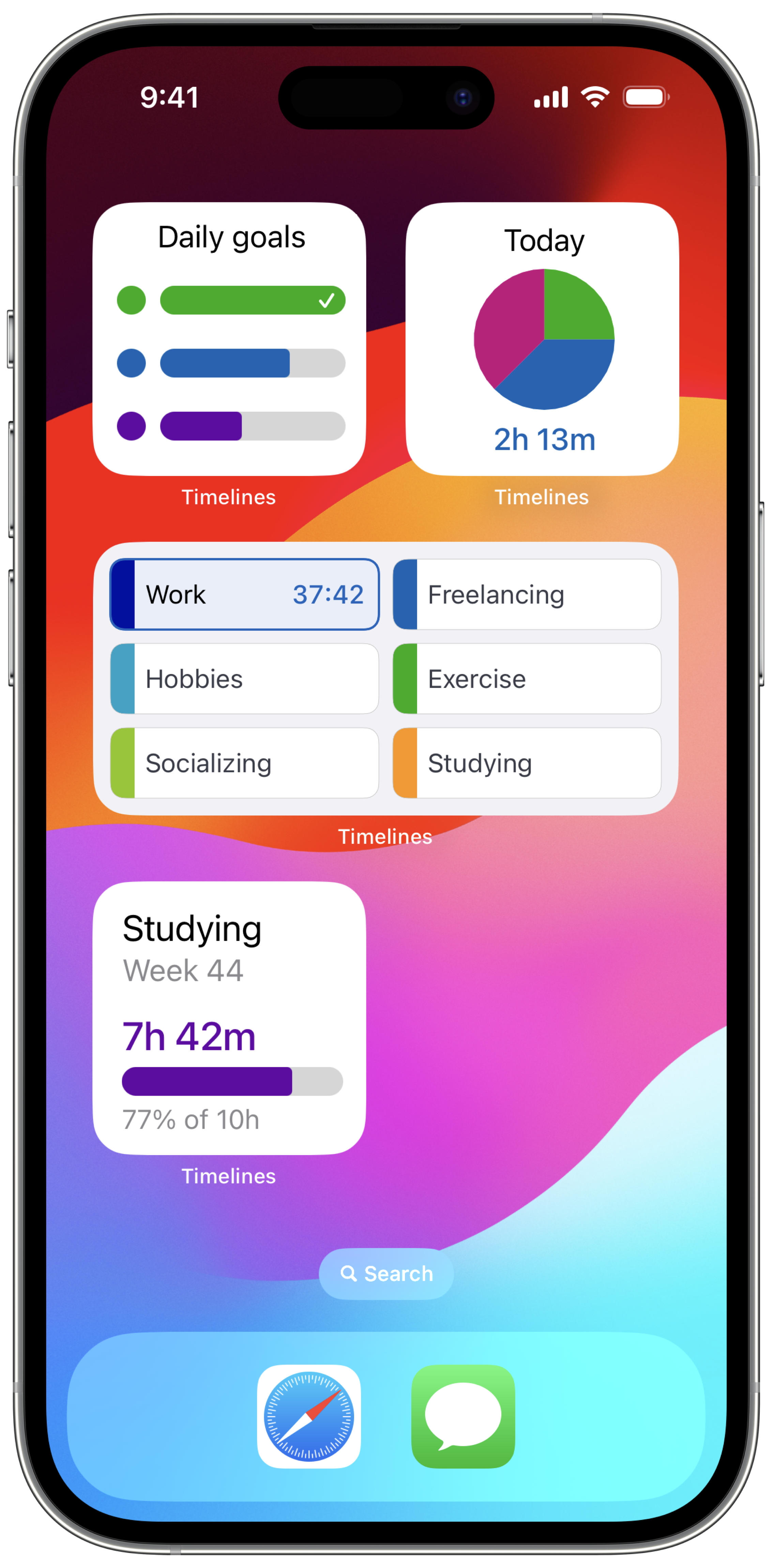
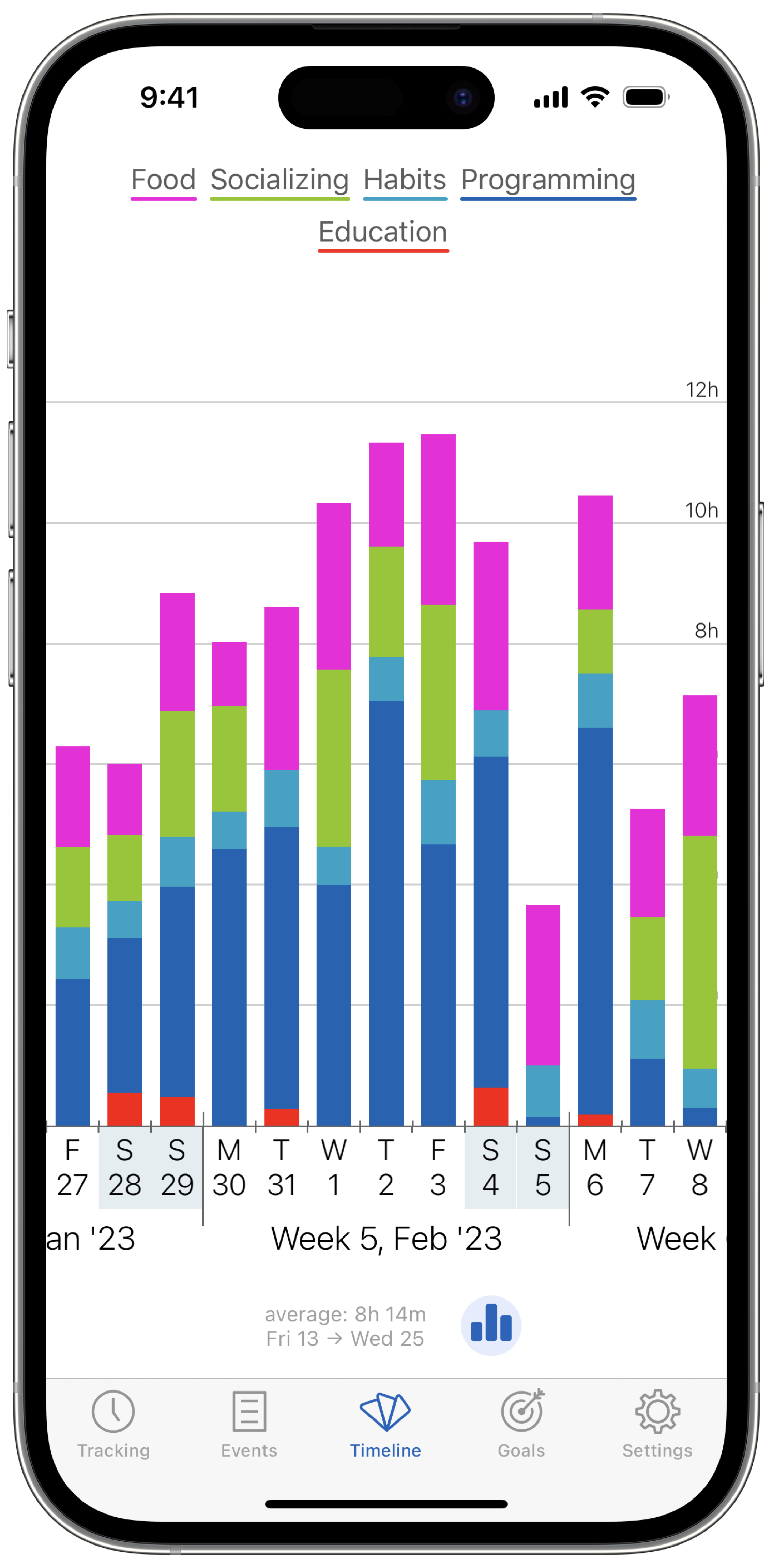
When it comes to Shareshot, what kind of things are you using it for? How does it fit into your marketing workflows?
I have used it when I was creating images for my preview website with upcoming update of Timelines for iOS 18.
It was very handy because otherwise the process I have for this is quite convoluted. I like how it has a nice easy to use interface and it’s focused on what it does. Also I like that you can have clear background - for me that was a make-or-break feature.
What features would you most like us to add to Shareshot so that we can make things even easier for you?
I’d say that it’s pretty good as it is, but one thing which I would really appreciate is to be able to have the status bar automatically changed to a clean “9:41” time. But I understand that that’s probably difficult to do because the screenshots can have various backgrounds and then it wouldn’t be easy to replace that part of the screen.
Also I would like to have a Mac app, because for those screenshots that I take on the iOS simulator, Air-Dropping them to my phone, using Shareshot to frame them, and Air-Dropping them back, is a bit convoluted.
But those are just two small things, it’s already a great app! (😊 ahhh thanks! — Marc)
Thanks so much to Lukas for sharing some of his indie journey with us.
You can find Lukas’ app Timelines at his website or in the App Store.
If you are an indie who enjoys using Shareshot and fancy being featured in a future instalment of “Indie Frame”, please contact me. We love to share the love!
